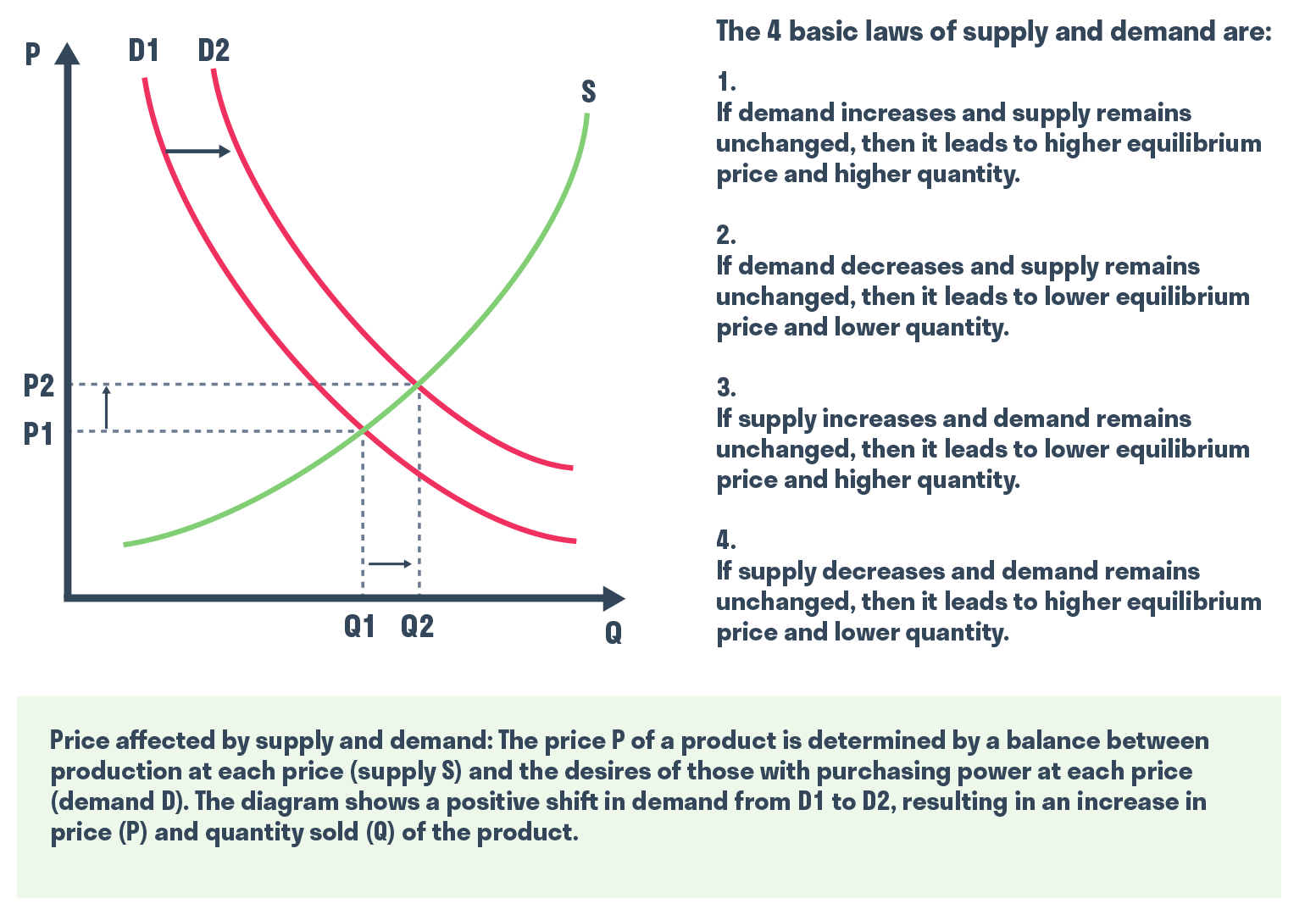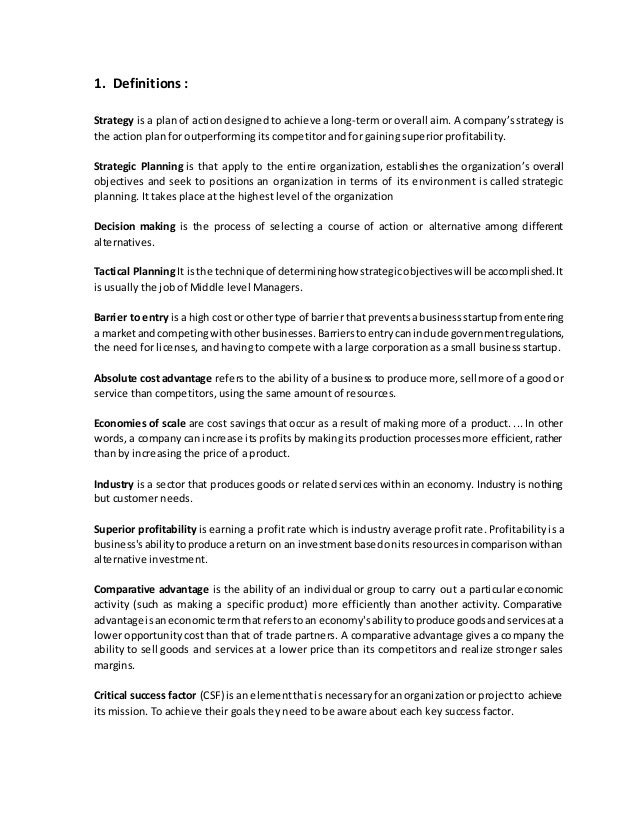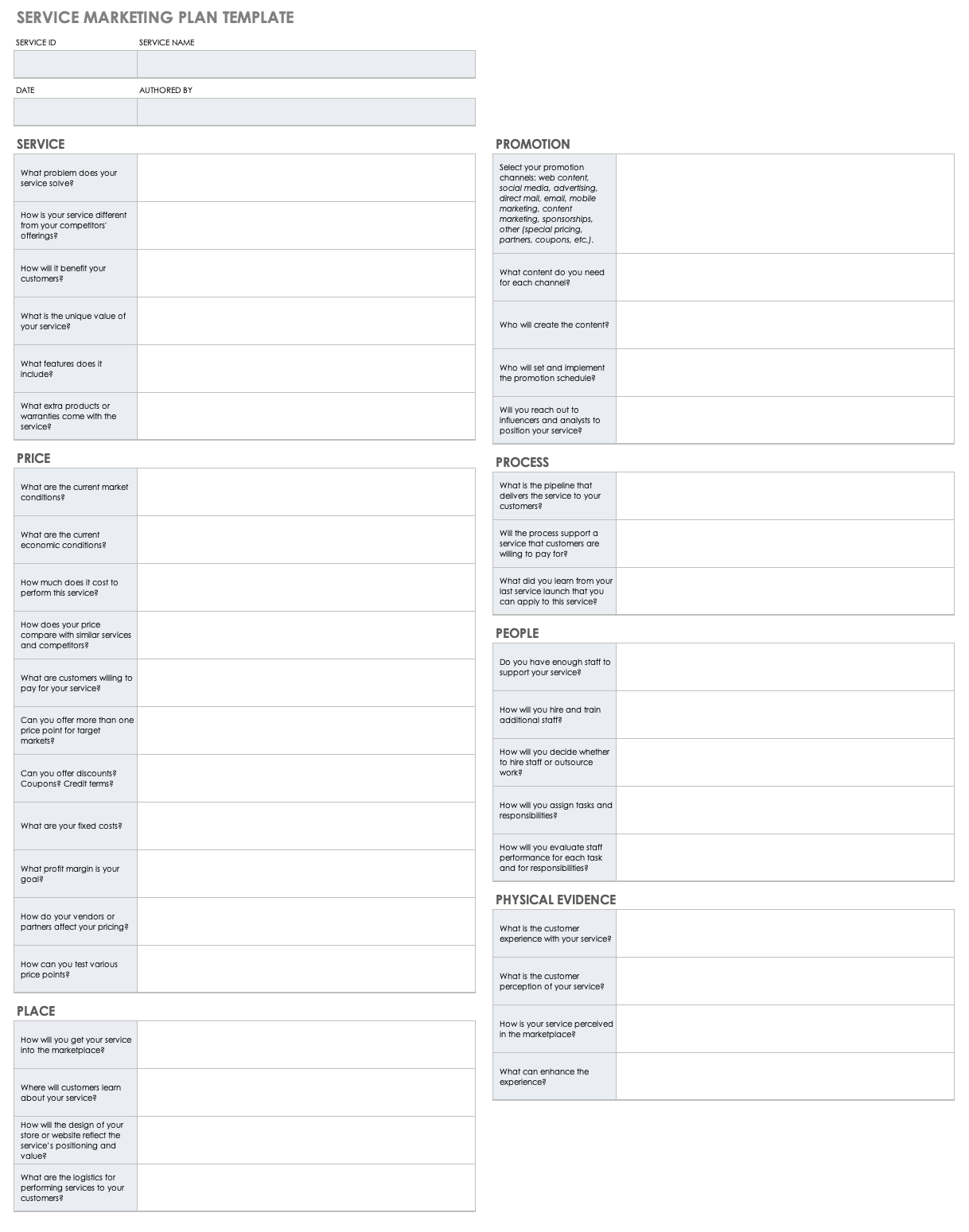Pricing is one of the classic “4 Ps” of marketing (product, price, place, promotion). It’s one of the key elements of every B2C strategy.

- Positioning Your Brand Most businesses in the apparel world use a cost-based pricing strategy, in which the final cost to the consumer ultimately comes from the cost of producing that product. But before we talk about how to calculate these costs and mark them up for a profit, know that your business goals can and should affect your pricing.
- Pricing strategy is a way of finding a competitive price of a product or a service. This strategy is combined with the other marketing pricing strategies that are the 4P strategy (products, price, place and promotion) economic patterns, competition, market demand and finally product characteristic.
- New pricing plans attract customers by providing ownership options, mitigating uncertain value, offering price assurance, and overcoming financial constraints. Offer product versions. One of the easiest ways to enhance profits and better serve customers is to offer good, better, and best versions – or bronze, silver and gold if you prefer!
Yet for many B2B marketers, the pricing strategy in their marketing plan is challenging to write; many aren’t even involved in creating their pricing strategy.

There are many factors to consider when developing your pricing strategy, both short- and long-term. For example, your pricing needs to:
Pricing Strategy Key Concepts & Steps Before you begin. It’s best to define your positioning, create your brand strategy, and identify your distribution channels before you develop your pricing strategy in the marketing plan. By doing so, you’ll ensure that your pricing reflects your value and reinforces your brand.
- Reflect the value you provide versus your competitors
- Match what the market will truly pay for your offering
- Support your brand
- Enable you to reach your revenue and market share goals
- Maximize your profits
Note: You can access guided pricing strategy templates and step-by-step instructions for writing the pricing strategy section of your marketing plan in our marketing planning and management app. Try it free!
When you offer a truly unique product or service with little direct competition, it can be challenging to establish your price. Define a strong strategy and competitive analysis so you can view:
- What your prospects might pay for other solutions to their problems
- Where your price should fall in relation to theirs
When your price, value proposition and positioning are aligned, you’re in the best situation to maximize revenue and profits.
Deviating from Your Pricing Strategy
If sales are slow, many companies lower their price. That’s not always the best option. Here are three price change examples:
| HIGHEST PRICE | AVERAGE PRICE | LOWEST PRICE |
|---|---|---|
| Company A is one of the best consulting firms in the world. Their consultants come from top schools, and they work with Fortune 100 clients to implement complex, large-scale projects. Company A’s value proposition is product leadership. Their clients are buying the best expertise they can find, and they’re less sensitive to price because they care most about getting top talent. Therefore, Company A’s services can be priced as high or higher than their competitors. | Company B’s value proposition is operational excellence, so their price is important. There’s a lot of competition and their product is only slightly better than the alternatives. Company B’s messages focus on their product value with a secondary focus on price. They regularly review the market, run promotions, and adjust prices to maintain their competitive position. The company is also working to develop a premium product that can warrant a higher price. | The market cares most about price because the product is viewed as a commodity. Company C focuses on finding new ways to lower costs and pass savings on to customers. Their value proposition is operational excellence and they consistently deliver the same product at a better price. Company C regularly evaluates their competitors’ prices to make sure they’re delivering on their promise. If a competitor runs a promotion, Company C counters with a better one. |
What would happen if these companies used a different pricing strategy?
| HIGHEST PRICE | AVERAGE PRICE | LOWEST PRICE |
|---|---|---|
| By dropping their hourly rate, Company A gains more clients. They hire more consultants, but since they’re charging less per hour, they can’t afford the same top-tier talent. Company A is putting their “prestige” brand in jeopardy. However, if there isn’t a strong market for prestige, this strategy may be the best one for the company long-term. | If Company B charges a premium price for an average product, they’ll have a very difficult time generating interest in their it. Yet Company B may be able to implement a small price increase to raise revenue and profits; it depends how much more its customers are willing to spend. By analyzing price sensitivity and testing different prices, they can evaluate the strength and potential of this new strategy. | If Company C’s prices rise in relation to those of their competitors, sales will plummet – their market is shopping on price, not factors like product leadership or customer intimacy. If Company C cannot maintain its operational efficiency and cost leadership, it will need to develop new products or markets for its existing product. |
Do you see your company in one of these scenarios?
Access detailed step-by-step plans in our new marketing website.
Match your pricing strategy to your value proposition
Pricing Strategies Planning For Brand And Profit And Loss
Your price sends a strong message to your market – it needs to be consistent with the value you’re delivering.

- If your value proposition is operational efficiency, then your price needs to be extremely competitive.
- If your value proposition is product leadership or customer intimacy, a low price sends the wrong message. After all, if a luxury item isn’t expensive, is it really a luxury?
Understand your cost structure and profitability goals
Companies calculate these costs differently, so verify the exact calculations your company uses for
- Cost of goods sold (COGS): the cost to physically produce a product or service
- Gross profit: the difference between the revenue you earn on a product and the cost to physically produce it
In addition, understand how much profit the company needs to generate. You’ll be far more effective when considering discount promotions – you’ll know exactly how low you can go and still be profitable.
Analyze your competitors’ prices
Look at a wide variety of direct and indirect competitors to gauge where your price falls. If your value proposition is operational efficiency, evaluate your competitors on a regular basis to ensure that you’re continually competitive.
Determine price sensitivity
A higher price typically means lower volume. Yet you may generate more total revenue and/or profit with fewer units at the higher price; it depends on how sensitive your customers are to price fluctuations. If they’re extremely sensitive, you may be better off at a much lower price with substantially greater volume.

Estimate how sensitive your customers are to fluctuations – it will help you determine the right price and volume combination. More importantly, you can estimate how a price change can impact your revenue.
After Designing Your Pricing Strategy
Once you’ve finalized your pricing strategy in the marketing plan, it’s time to design your marketing campaigns.

